The never-ending grasslands of the Great Plains are simultaneously
monotonous and fascinating to me. Of everywhere on the plains, though, the
skies seem biggest and landscape emptiest in eastern Montana, where along with
the western part of the Dakotas the land naturally supports the lowest farming
population densities. Except where there’s something valuable underneath the
land like coal or oil or a town grew up along a railroad, in modern times this
landscape supports a population density of 1 person per square mile or
less. In eastern Montana Carter, Fallon,
Wibaux, Prairie, McCone, Petroleum, and Garfield counties, most of which I
passed through and am including pictures here all now have populations around
or below that 1 person per square mile mark. And it doesn’t matter much if the
land is open rangeland and ranches or largely farmed as in Wibaux County.
It wasn’t always that way.
Census data shows that many of these rural counties had two to three
times their current populations at their height around a century ago. That was
in the early decades after settlement when a family could be supported on a
smaller plot of land, although not well, rather than the thousands of acres
needed for a farm to be financially viable in this semi-arid region in the
current era. That leads to the interesting phenomenon of abandoned places,
mostly decaying homesteads and grain elevators scattered around the plains, but
in some cases entire former communities. I call them Montana fixer-uppers,
maybe future homes for city people deciding to go back to the land after the
Covid-19 plague makes urban life of crowded apartments and public
transportation unappealing.

 Wibaux, Montana, United States
Wibaux, Montana, United States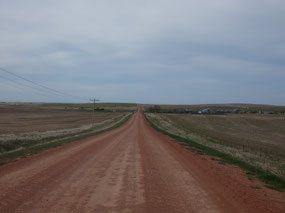

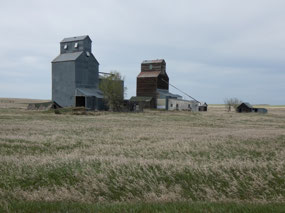
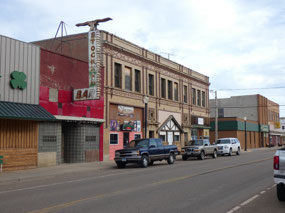
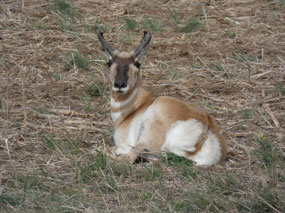
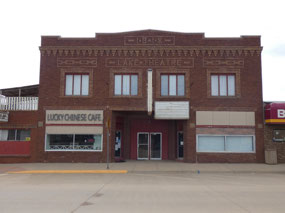
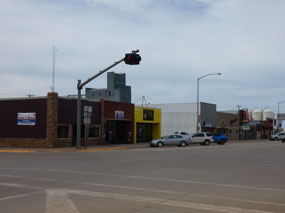
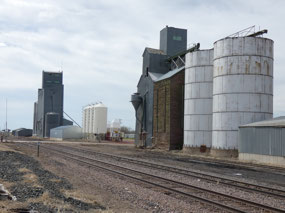
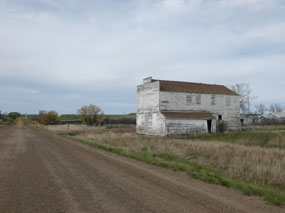
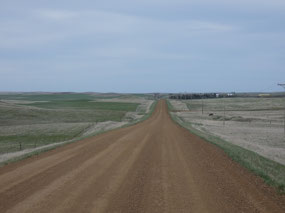
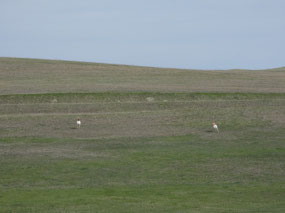
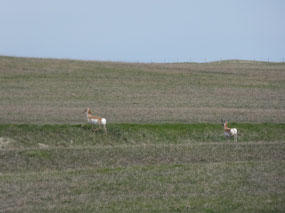
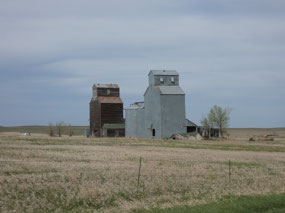
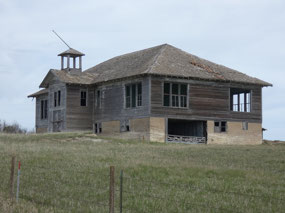
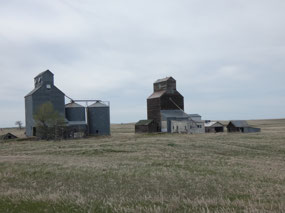
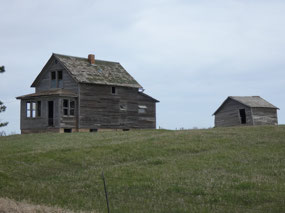
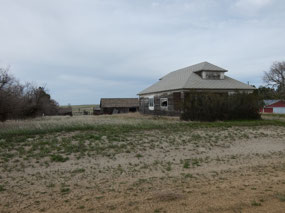
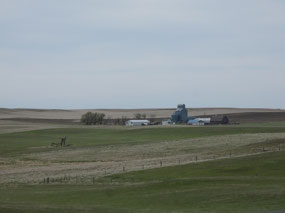
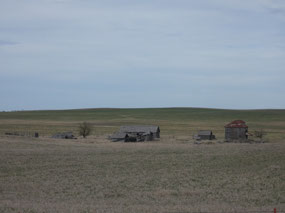
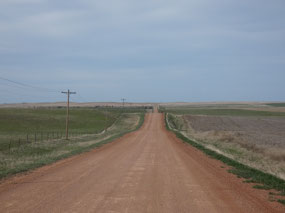
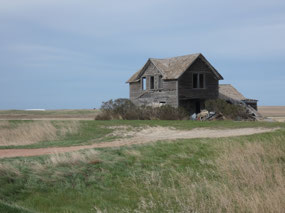
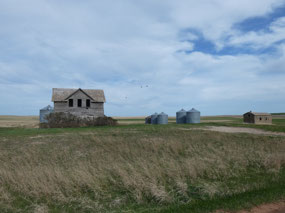
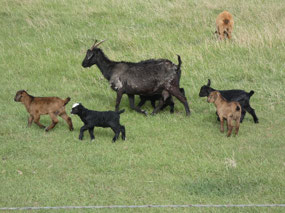
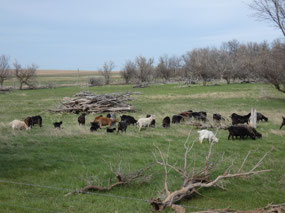
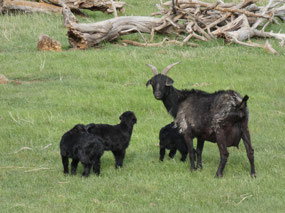
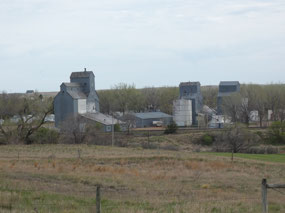
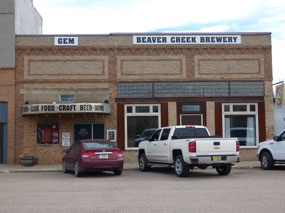

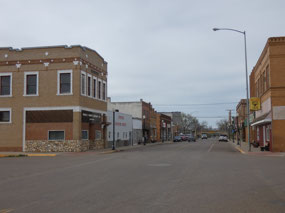
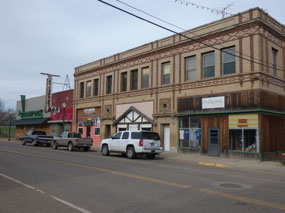
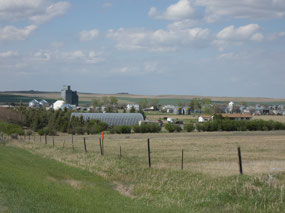
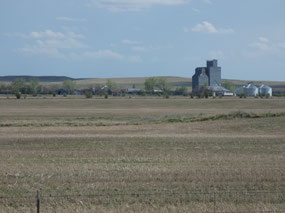
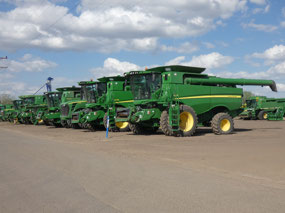
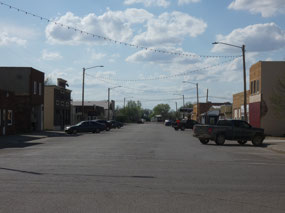
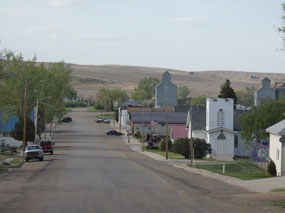
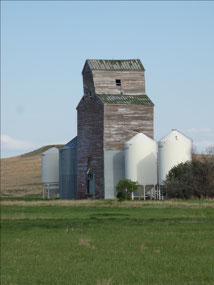
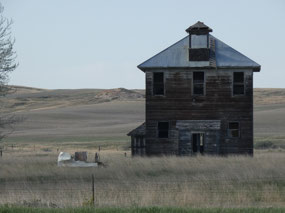
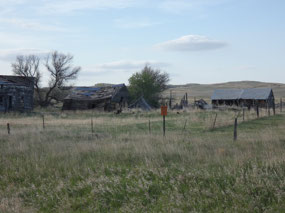
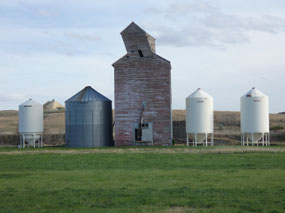
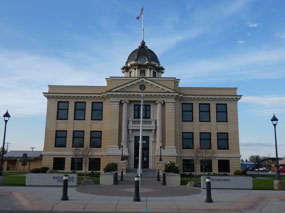
2025-05-23